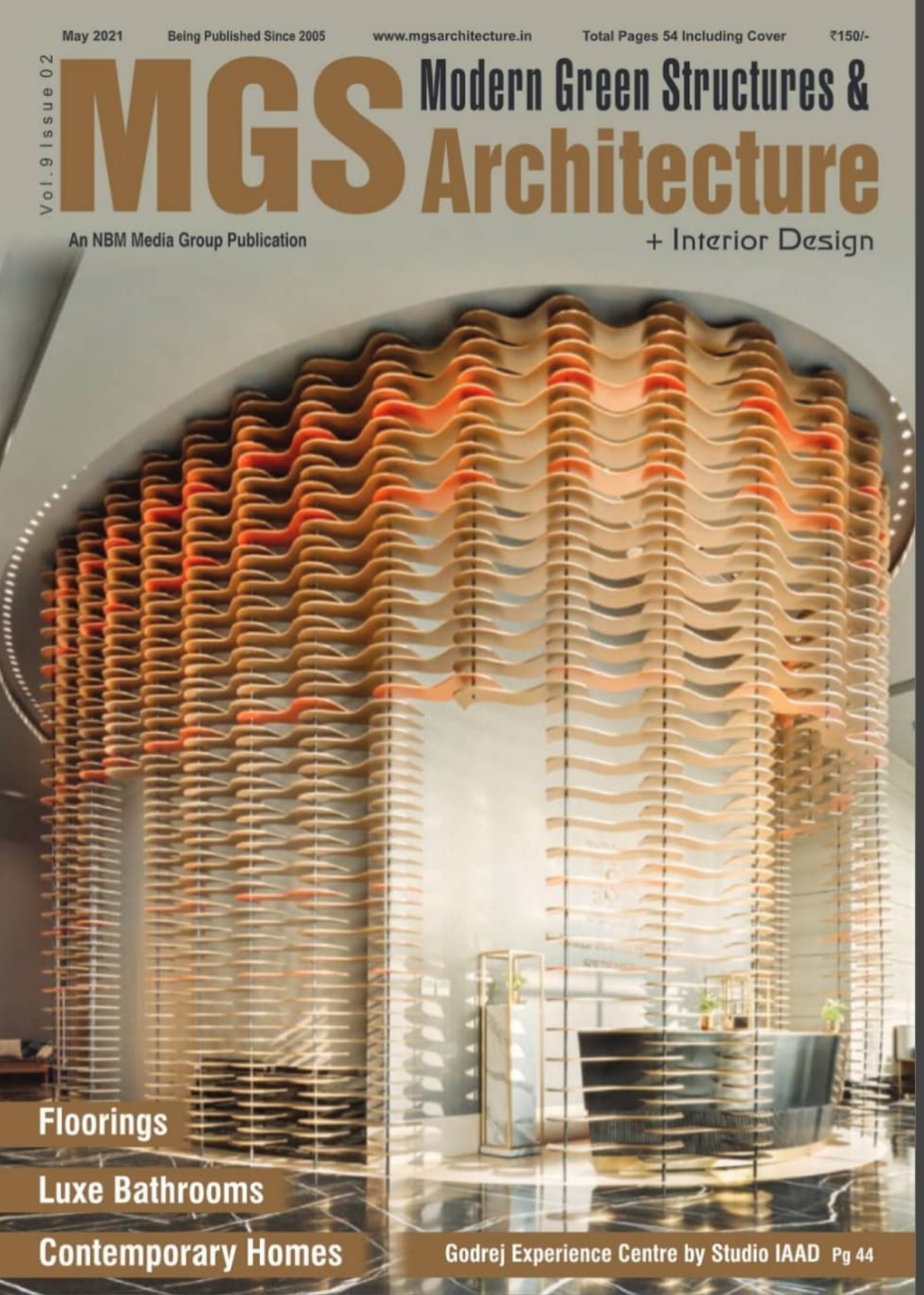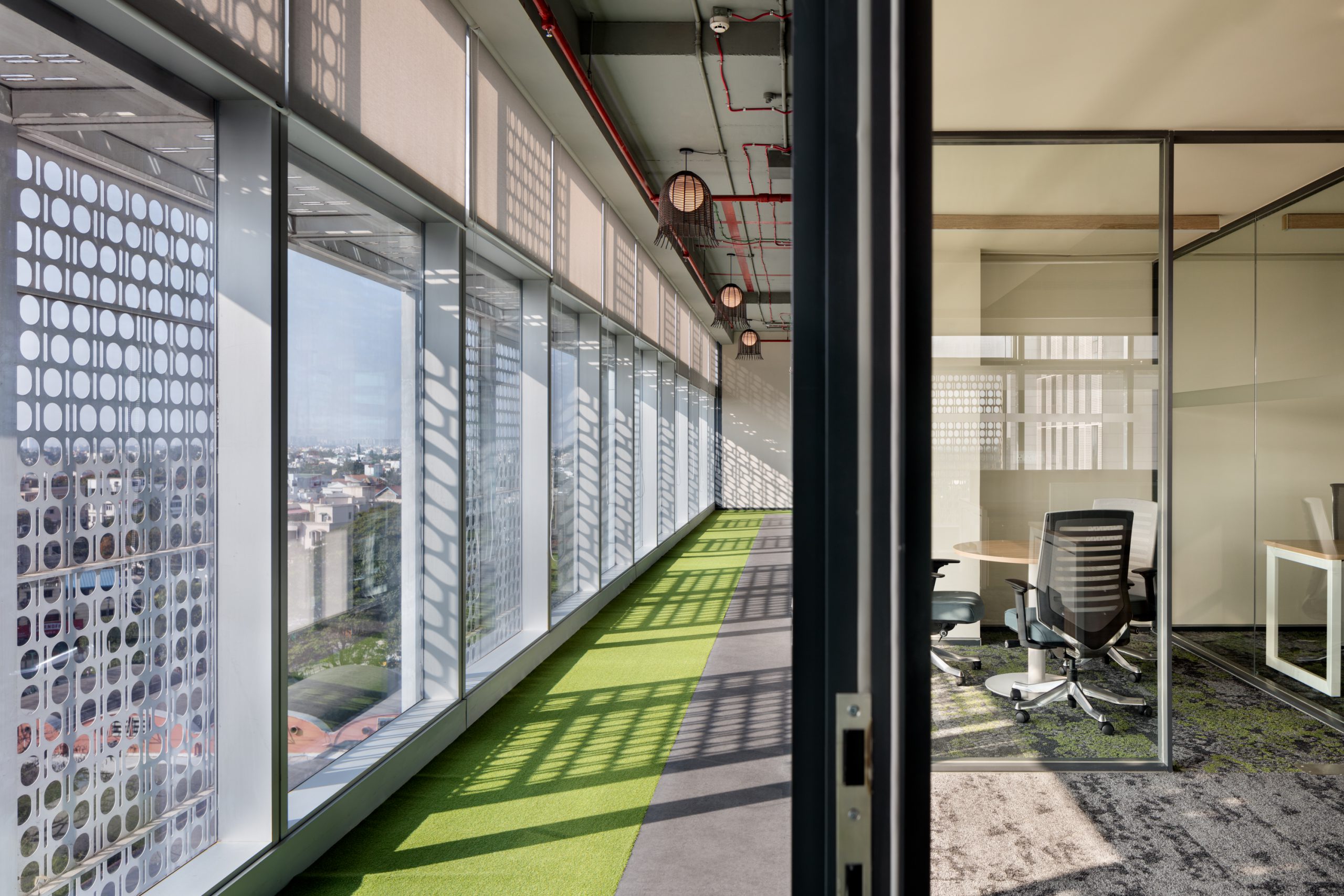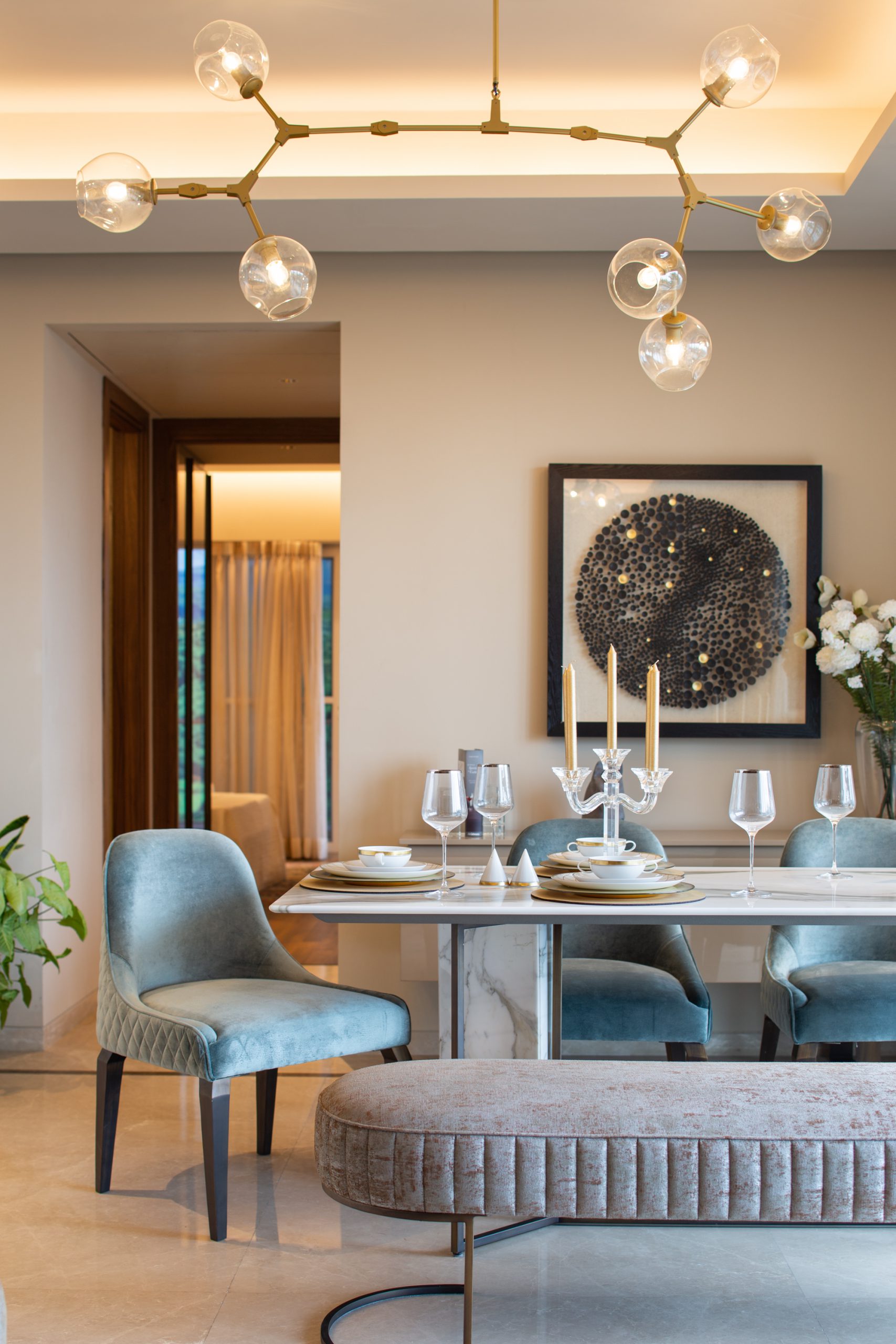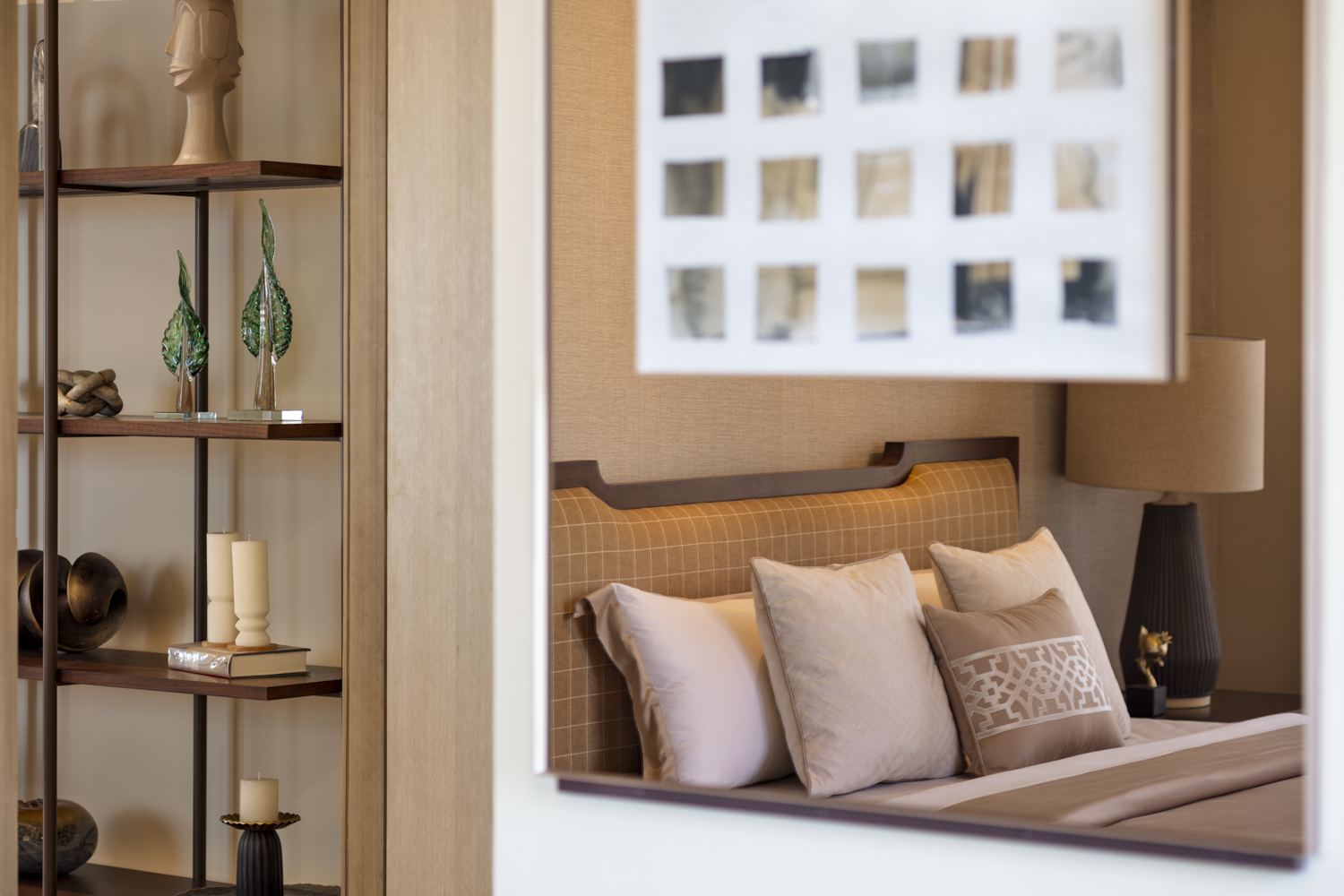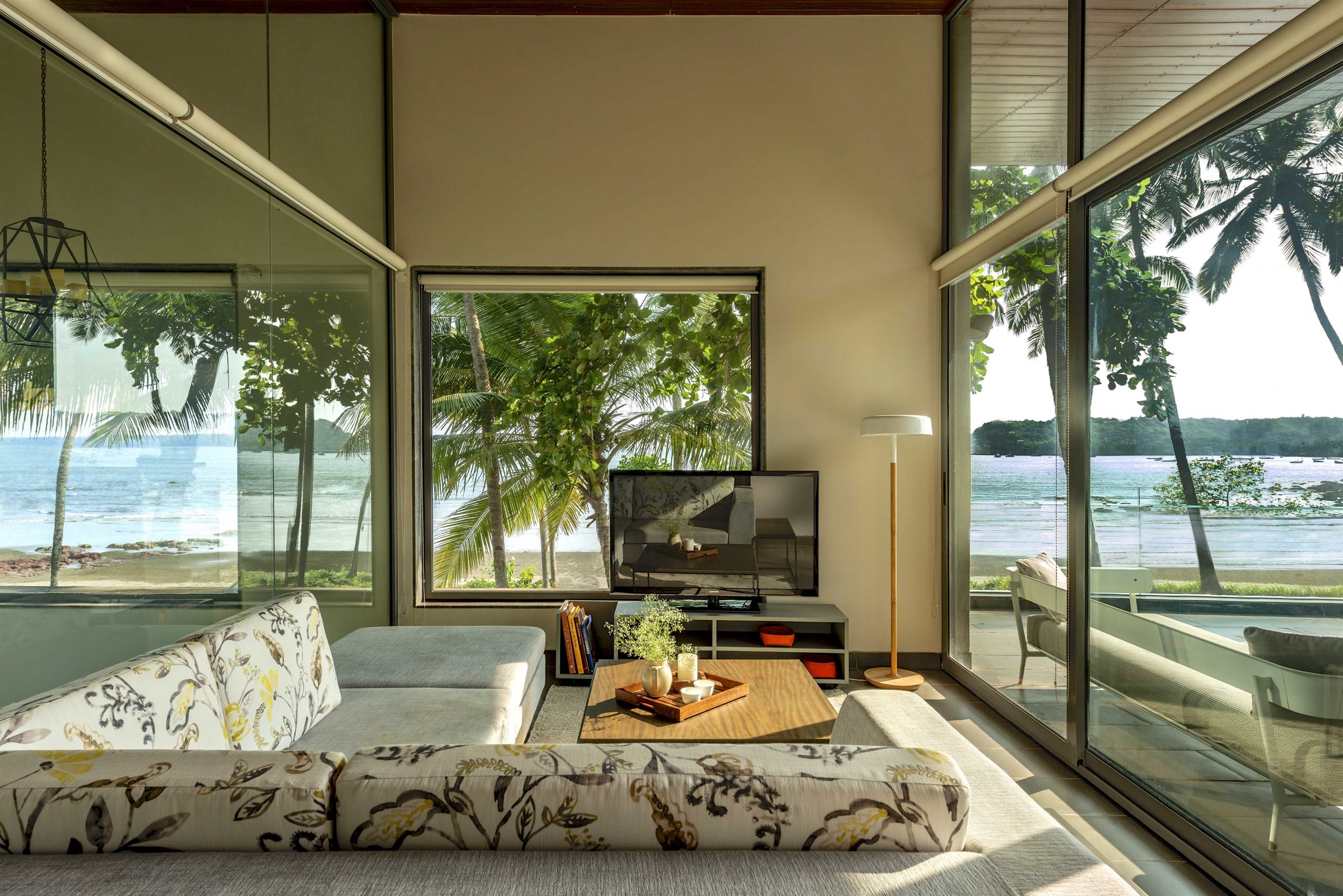
How to design a home for complete well-being?
Blog 16

Home design is no longer restricted to aesthetics as homeowners have become more conscious of their surroundings and the spaces they interact in. Occupant well-being drives the nuances of spatial changes in creating a good home for your physical and mental health. How our minds perceive our thoughts, emotions, and surroundings is influenced by light quality, colour, texture, and overall aesthetics. Therefore, it is essential to consider the following aspects to create a home that promotes well-being.
Set up a tranquil scheme
The demanding and overstimulating nature of modern life can considerably impact our physical and cognitive well-being. However, our homes can offer a respite from these stressors, allowing us to control the stimulation level we experience. Creating a calming interior design scheme with neutral or muted colours and spaces promoting relaxation can be beneficial. Additionally, it’s essential to have areas in the home that foster social connection and human interaction, such as a balcony garden or a family room without digital distractions, where loved ones can come together and bond.
Bring in natural light
The presence of natural light is essential to maintaining our body’s circadian rhythm, and exposure to sunlight during the day can positively impact this rhythm. Furthermore, sunlight possesses antibacterial properties and can improve indoor air quality. To make the most of natural light in your home, arrange your furniture strategically. For example, if your windows provide a calming and refreshing view, consider placing your sofa, chair, or bed nearby. Similarly, if you work from home, consider situating your desk near a window so that you can take breaks and enjoy the view of the outdoors intermittently.
Add a touch of biophilia
Establish a connection with nature and bring in planters, a minor water feature, etc. Biophilic elements create an engaging and relaxing ambience, lifting the overall mood. Indoor plants, a vertical garden or even micro-herbs in the kitchen add to the same.
Opt for comfortable, smart furniture
To create a space that promotes well-being, it is important to design it in an adaptable way that caters to the specific needs of its occupants. Ergonomic furniture that combines comfort, functionality, and aesthetic appeal can be especially useful in smaller spaces where design choices must be carefully considered. By incorporating moveable, multi-purpose furniture, you can create a flexible environment that supports collaboration and facilitates the creation of multi-functional spaces. For example, a living room could double as a study or workspace. Comfortable areas can also serve as hubs for family bonding, recreation, and relaxation. Ultimately, a space designed with flexibility and comfort in mind can positively impact the overall well-being of its inhabitants.
Declutter & organise
There is a direct link between procrastination and clutter — which plays on the occupants’ cognitive mood. Conversely, clean-lined, fuss-free spaces help soothe the mind, improve everyday productivity and instil a positive mood in the home. So ensure you declutter, organise and put storage at the top of your list when designing your home.
Small changes in your home design can significantly impact your overall health and well-being.

